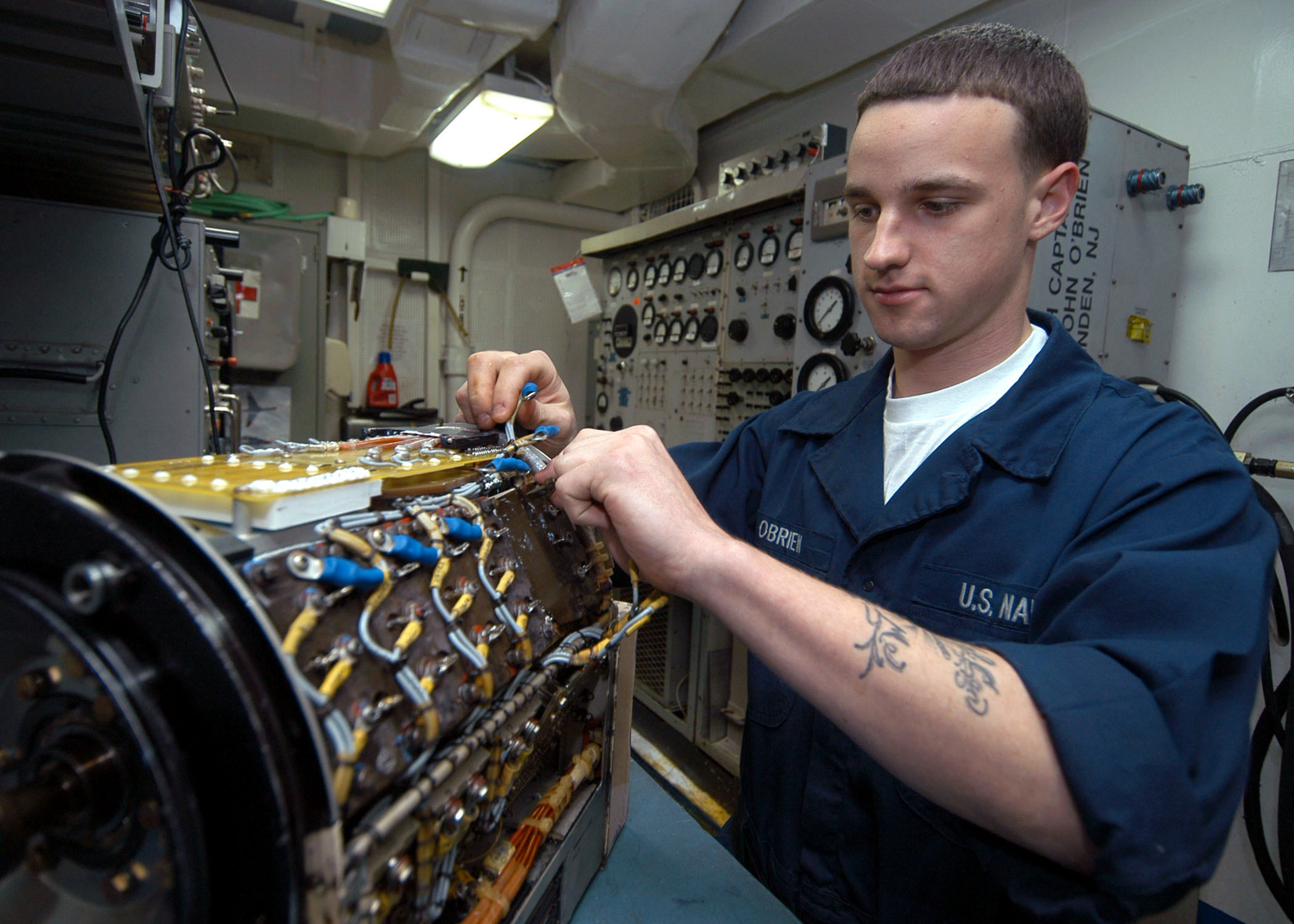One of the most unfortunate inconveniences that can happen to your garage door is motor failure. The last thing you want is to be stuck outside your own garage, unable to pull in or take out your car. The good news is, this problem doesn’t have to last forever. With garage door motor replacement, you can restore the convenience and safety of your garage entry.
The first thing to do when faced with a garage door motor problem is to identify the cause. Some symptoms of a faulty motor include strange noises during operation, slow or uneven movement, or complete failure to operate. It could be due to electrical problems, worn-out gears or bearings, or simply old age.
Once you have identified that the motor is indeed the problem, the next step is to prepare for the replacement process. Before you begin anything, make sure to disconnect the garage door opener from the power source to avoid any accidents. You will also need to have the necessary tools ready, such as a socket wrench set, pliers, a screwdriver, and safety glasses.
Now let’s move on to the steps involved in garage door motor replacement.
Step 1: Removing the old motor
The first thing to do is to remove the old motor by unplugging it and disconnecting any attached wires. You can then release the tension on the chain or belt by disengaging it from the opener carriage, and loosen any bolts or screws attaching the motor to the ceiling or mounting bracket. Carefully remove the motor and set it aside.
Step 2: Installing the new motor
Now it’s time to install the new garage door motor in place of the old one. Follow the manufacturer’s instructions carefully and make sure that all wires are properly connected to the right terminals. Attach the mounting bracket or motor head to the ceiling with the bolts or screws provided.
Step 3: Adjusting the motor settings
Once the new motor is installed, you need to adjust its settings to ensure smooth and safe operation. This includes setting the travel limits, force limits, and speed settings according to the manufacturer’s instructions. You may also need to adjust the limits of the photoelectric sensors, which sense obstructions and prevent the door from closing on any object.
Step 4: Testing the new motor
Before you call it a day, it’s important to test the new garage door motor to make sure everything is working as it should. Reconnect the opener to the power source and operate the door a few times, checking for any unusual noises or jerky movements. Make sure that the door opens and closes smoothly and that the photoelectric sensors are functioning properly.
That’s it, you’ve successfully completed the garage door motor replacement process. Of course, if you’re not comfortable doing it yourself, you can always call a professional to do the job for you. Just make sure to choose a reliable and experienced technician who can provide quality work at a reasonable price.
Remember that regular maintenance is key to keeping your garage door running smoothly and prevent motor problems from happening in the first place. This includes lubricating the moving parts, tightening any loose bolts or screws, and testing the opener’s safety features regularly.
Garage door motor replacement is a task that can be done by anyone with basic DIY skills, as long as you follow the necessary steps and take all safety precautions. Don’t let a faulty motor ruin your home entry experience – replace it with a new one and enjoy the convenience and peace of mind that come with a properly functioning garage door.




